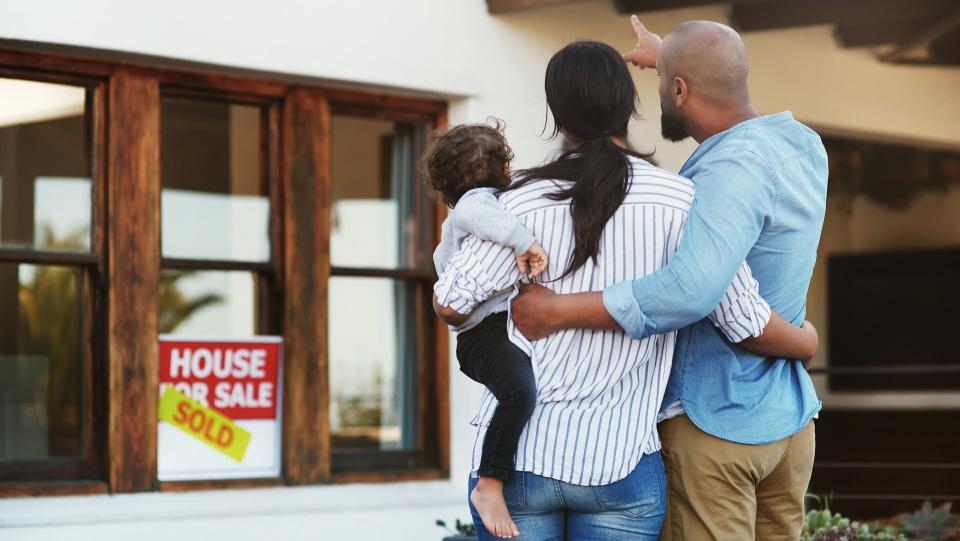How Much House the Middle Class Could Afford in the ’70s Compared to Now

Currently, housing costs exceed both inflation and wage growth. Houses went from costing $65,000 in the 1970s to over $1 million according to CNBC. Median home value in the U.S shot up from $17,000 to $65,600 adjusted against $2,000 in 1970.
Housing Market 2024: 50 Most Affordable Cities for Homebuyers
Find: Become a Real Estate Investor for Just $1K Using This Bezos-Backed Startup
With home value rising above inflation, it would be really difficult for the home owners of 1970 to be able to afford a house now at current standards. It may look like a nightmare, but prospective buyers cannot give up as the cost of rent is not a walk in the park either.
Wealthy people know the best money secrets. Learn how to copy them.
Cost of Living
The middle class of the 1970s is not the same middle class of today because the economic recession has kept them struggling. Because the cost of living was lower in the 1970s, it was easier to manage interest payments and other fees. But now, compared with the higher home prices, interest rates and cost of living, buying power has also reduced. So the middle class may not be able to afford the houses they owned in the 1970. The things that define a middle-class life are now out of reach for regular Americans.
Declining Populace of the Middle Class
The great recession changed the way Americans grouped their social class, leading more people choosing not to identify as middle class. This is despite the fact that they live in income levels that are close to the average median salary in the U.S. of $59,384 in 2024. Since the middle class of today cannot afford the life of the middle class of 1970, they’re ditching the term.
Earning Power
Compared to now, the middle class of the 1970s may have had it easier as they bought houses even on low incomes but millennials and Gen Z are heading towards difficulty because the current wages don’t aid much in keeping up with the payments and houses have become expensive. Houses that were in 5 figures in the 1970s have skyrocketed to high 6 figures are all on the higher-end six figures, with some up to a million or more. For instance, public opinion has it that house owners bought houses within $25k – $5k range, houses which now cost between $200- $600k with no upgrades.
More From GOBankingRates
6 Things to Try This Week if You're Behind on Your Savings Goals
4 Reasons Retired Women Need More Money Than Men -- And What To Do About it
This article originally appeared on GOBankingRates.com: How Much House the Middle Class Could Afford in the ’70s Compared to Now

 Yahoo Finance
Yahoo Finance 